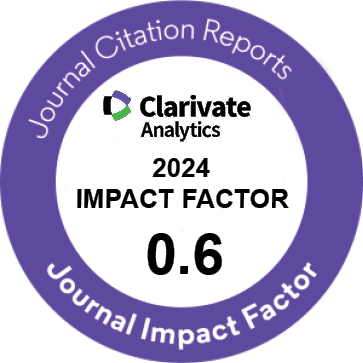| Original Article | |
| Urinary Incontinence During Pregnancy and Postpartum Incidence, Severity and Risk Factors in Alzahra and Taleqani Hospitals in Tabriz , Iran, 2011-2012 | |
| Fatemeh Mallah1, Parinaz Tasbihi2, Nazli Navali3, Azadeh Azadi4 | |
| 1Assistant professor, Women's Reproductive Health research Center, Tabriz University of Medical Sciences, Tabriz , Iran 2MD, Women's Reproductive Health Research Center ,Tabriz University of Medical Sciences, Tabriz, Iran 3Associated professor Gynecology Department, Alzahra Hospital, Faculty of Medicine, Tabriz University of Medical Sciences, Tabriz , Iran 4Gynecology Department, Alzahra Hospital, Faculty of Medicine, Tabriz University of Medical Sciences, Tabriz , Iran |
|
|
IJWHR 2014; 2: 178-185 DOI: 10.15296/ijwhr.2014.26 Viewed : 5872 times Downloaded : 6134 times. Keywords : Postpartum, Pregnancy, Urinary Incontinence, Vaginal Delivery |
|
| Full Text(PDF) | Related Articles | |
| Abstract | |
Objectives: This is a cohort study that investigated the incidence, severity and risk factors of Urinary Incontinence during pregnancy and postpartum in nulliparous women. Materials and Methods: In this cohort study, 441 nulliparous women were studied. The women were followed up from the beginning of pregnancy until the postpartum period. The prevalence of urinary incontinence was determined among them. Risk factors that could play a significant role were analyzed using questionnaires. Results: In this study, 441 nulliparous women with an average age of 28.1 ± 3.7 years were studied. The prevalence of urinary incontinence in the third trimester of pregnancy was 39.4% and it was 31% in the postpartum period. Vaginal delivery, maternal weight, and fetal weight (> 4 kg) were the most important risk factors for increasing the incidence rate of urinary incontinence. In this study, age had no role in incontinence. The severity of incontinence in 26.6% of the participants over 5 was based on visual analogue scale (VAS) scoring. Conclusion: Urinary incontinence is one of the common disorders during pregnancy and postpartum period that can affect quality of women life significantly. Type of delivery and maternal and fetal weights are the most important risk factors for increasing this disorder. Unlike previous studies, age did not play any role in incontinency in this study. |
Cite By, Google Scholar
PubMed
Online Submission System
 IJWHR ENDNOTE ® Style
IJWHR ENDNOTE ® Style
 Tutorials
Tutorials
 Publication Charge
Women's Reproductive Health Research Center
About Journal
Publication Charge
Women's Reproductive Health Research Center
About Journal
Aras Part Medical International Press Editor-in-Chief
Arash Khaki
Mertihan Kurdoglu Deputy Editor
Zafer Akan






















